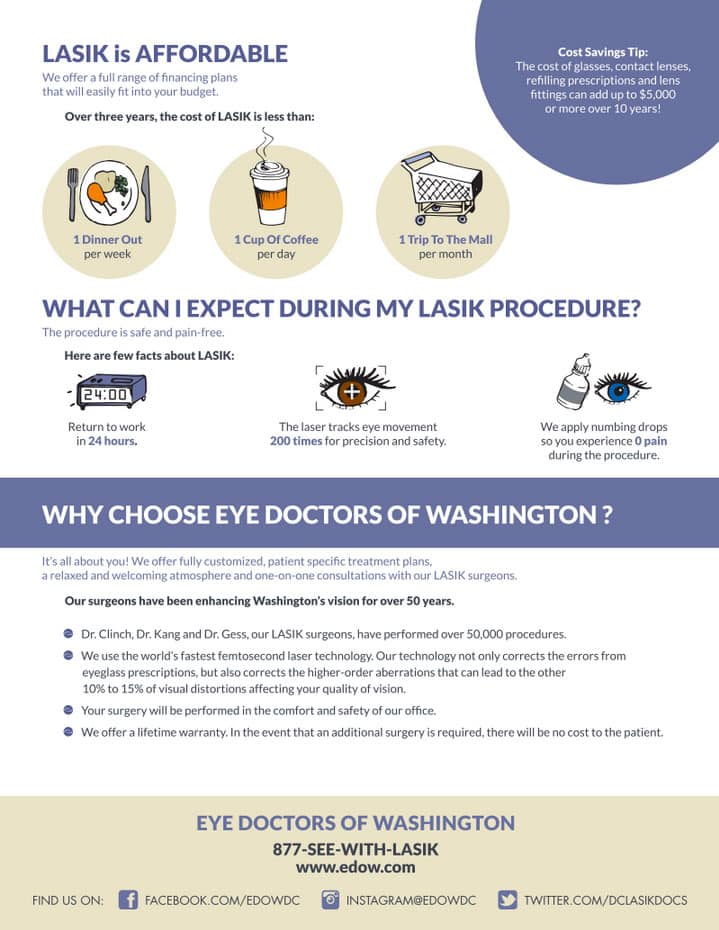Material Develop By-Foley Dunlap
Have you ever thought about Refractive Lens Exchange (RLE) as a choice for vision correction? While it isn't as commonly discussed as LASIK, RLE could be a game-changer for your vision. Lots of people forget its advantages, assuming conventional techniques are their only selection. However what are the actual advantages, and what might your eye doctor not be telling you about this procedure? Allow's discover the ins and outs of RLE together.
Comprehending Refractive Lens Exchange: The Fundamentals
Refractive lens exchange (RLE) is a surgical procedure that can considerably boost your vision, particularly if you're handling presbyopia or extreme refractive errors.
Throughout RLE, your eye doctor eliminates your eye's natural lens and changes it with a fabricated one tailored to your vision requires. This procedure can remedy nearsightedness, farsightedness, and astigmatism, providing you more clear vision without counting on glasses or get in touch with lenses.
The surgical treatment is generally quick, taking less than an hour, and the majority of patients experience minimal discomfort. Recovery is relatively quickly, allowing you to go back to your daily tasks quickly after.
If you're considering RLE, consulting with your eye doctor can help you identify if it's the right selection for you.
Key Differences Between RLE and Conventional Cataract Surgery
While both refractive lens exchange (RLE) and typical cataract surgical treatment entail replacing the eye's natural lens, their primary goals and patient accounts vary significantly.
RLE is targeted at people looking for to minimize their dependence on glasses or contact lenses due to refractive errors, usually before cataracts develop. On the other hand, standard cataract surgical treatment normally targets individuals that've created cataracts, which cloud the lens and harm vision.
The lenses utilized in RLE can offer a broader range of vision correction, while common cataract surgical procedure typically includes basic monofocal lenses.
Furthermore, RLE prospects are often more youthful and in excellent overall wellness, whereas cataract people might be older and have other wellness worries.
Selecting the appropriate procedure depends on your specific vision needs and circumstances.
Possible Benefits and Factors To Consider of RLE
If you're considering refractive lens exchange (RLE), you'll discover several potential advantages that might boost your quality of life.
RLE can supply you with clearer vision, minimizing or getting rid of the need for glasses or call lenses. It supplies a chance to attend to presbyopia and other refractive mistakes all at once, typically boosting your total visual acuity.
Additionally, RLE can be a fantastic option if you're not an ideal prospect for LASIK. However, it is essential to weigh the considerations, like the price, potential dangers, and the recuperation duration.
Discussing your specific requirements with your eye doctor can help you make an educated decision, ensuring you choose the most effective path for your vision improvement.
Verdict
To conclude, refractive lens exchange uses a special solution for vision adjustment that goes beyond what LASIK can supply. It's vital to evaluate the advantages against potential risks and costs before making a decision. Don't wait to ask your eye doctor the challenging questions to ensure you fully recognize the procedure and its implications for your vision. With the ideal info, you can confidently choose the very best alternative for your eyes and way of living.

